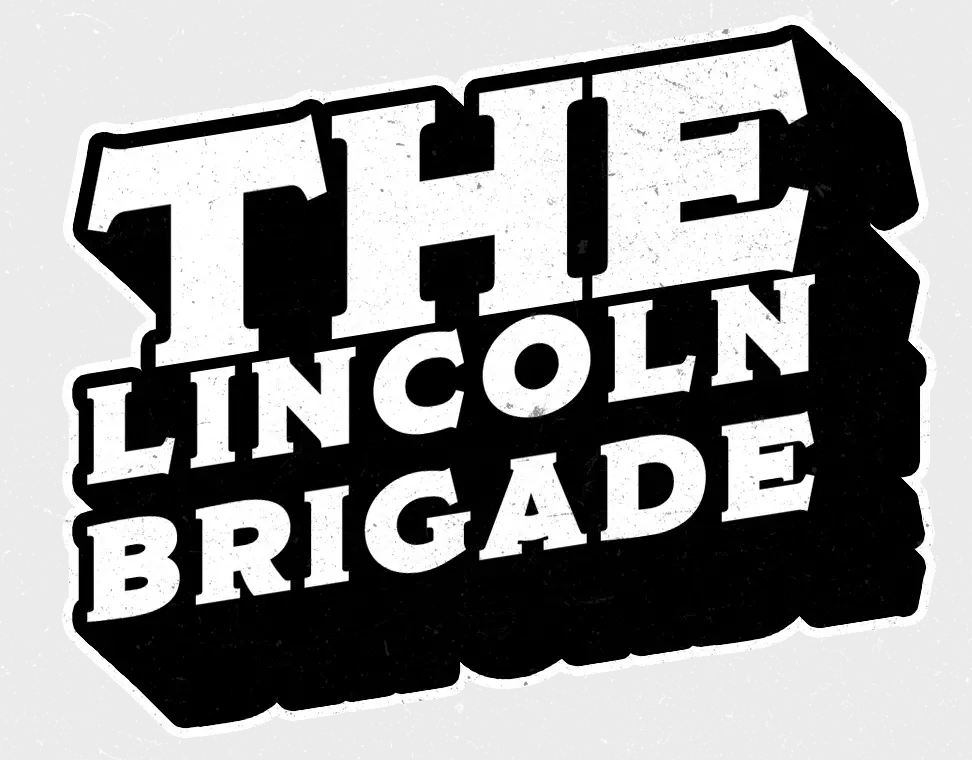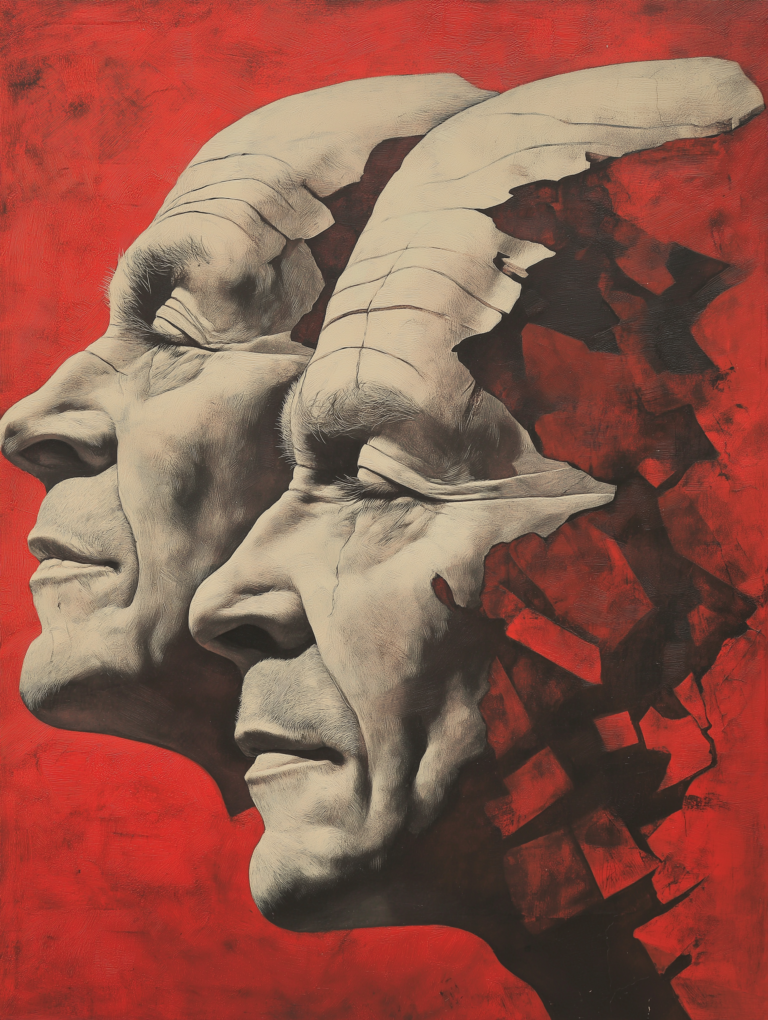Global Trends and Reflections in U.S. Politics
In the modern era, authoritarian regimes have evolved from their 20th-century predecessors, adopting more sophisticated tools and strategies to maintain control over their populations. While traditional authoritarianism relied heavily on overt displays of force, modern variations often operate through more subtle, systematized mechanisms. This transformation has made it increasingly difficult to distinguish between democratic and authoritarian systems at first glance. Interestingly, many of these strategies have parallels in contemporary U.S. politics, raising questions about the resilience of democratic institutions in an increasingly polarized society.
Modern Authoritarian Tactics
Authoritarian regimes today often utilize a blend of technology, populism, and legal frameworks to cement their power while maintaining the veneer of legitimacy. Here are a few defining features:
- Surveillance and Digital Control
Governments like those in China and Russia have developed advanced surveillance systems to monitor and control their populations. In China, the extensive use of facial recognition technology and the social credit system are prime examples of how digital tools can be weaponized to enforce conformity. Russia has similarly used digital surveillance to suppress dissent, with laws allowing authorities to monitor online activity and prosecute individuals for “extremist” speech.While the U.S. does not employ such systems to the same degree, concerns over government surveillance, particularly after revelations from whistleblowers like Edward Snowden, have highlighted the potential for abuse. The rise of big data and partnerships between governments and private tech companies have raised alarms about the erosion of privacy and civil liberties. - Weaponized Legal Systems
Many modern authoritarian regimes use the legal system to neutralize opposition. For example, in Turkey, President Recep Tayyip Erdoğan’s government has detained thousands of journalists, academics, and activists under vague anti-terrorism laws. Similarly, Hungary under Viktor Orbán has systematically undermined judicial independence, creating a legal framework that prioritizes loyalty to the ruling party.In the U.S., the increasing use of gerrymandering and voter suppression laws by both political parties has drawn comparisons to these tactics. While these actions occur within a democratic framework, they reflect a growing trend of manipulating legal systems to maintain power rather than foster inclusivity. - Control of Media and Narrative
State-controlled media is a hallmark of authoritarian regimes. Russia’s tight grip on television networks ensures that narratives critical of the government are suppressed. Similarly, in China, state media operates as a propaganda arm of the Communist Party, shaping public perception to align with government objectives.Although the U.S. has a free press, the polarization of media outlets has created an environment where information is often weaponized. Partisan outlets amplify division, leaving many Americans in echo chambers that reinforce their beliefs. This fragmentation undermines trust in institutions and mirrors the controlled media environments seen in more overtly authoritarian states. - Populism and Polarization
Many authoritarian leaders have risen to power by exploiting societal divisions and presenting themselves as the sole solution to complex problems. Leaders like Jair Bolsonaro in Brazil and Narendra Modi in India have used populist rhetoric to galvanize their base, often scapegoating minorities or external threats to consolidate support.U.S. politics has seen a similar surge in populist movements, both on the right and the left. Leaders and candidates often adopt “us vs. them” rhetoric, fostering division rather than unity. This dynamic erodes democratic norms, as leaders prioritize their base over the broader electorate, undermining consensus-building and governance.
Parallels in U.S. Politics
While the U.S. remains a democracy with robust institutional checks and balances, certain trends echo those seen in authoritarian regimes. These parallels are not indicative of an outright shift toward authoritarianism but serve as warning signs of the fragility of democratic systems.
- Erosion of Democratic Norms
The increasing polarization of U.S. politics has led to the erosion of democratic norms. Actions such as refusing to accept election results, attempting to overturn legitimate votes, or politicizing traditionally neutral institutions weaken public trust in democracy. These behaviors parallel tactics used by authoritarian leaders to delegitimize opposition and consolidate power. - Legislative Gridlock and Executive Overreach
The inability of Congress to pass comprehensive legislation due to partisan gridlock has shifted more power to the executive branch. This centralization of authority, while legal, mirrors the power dynamics in authoritarian regimes where checks and balances are weakened to enable decisive action by a single leader. - Polarization and Media Manipulation
The U.S. media landscape, while free, has become a battleground for competing narratives. This polarization diminishes the public’s ability to discern truth from propaganda, a phenomenon that authoritarian regimes exploit to maintain control. The weaponization of social media algorithms, foreign disinformation campaigns, and the rise of conspiracy theories further exacerbate this issue. - Public Apathy and Cynicism
One of the greatest threats to democracy is public disengagement. In authoritarian states, voter apathy is often the result of rigged elections and lack of meaningful choices. In the U.S., growing distrust in the political system and low voter turnout reflect a similar sentiment, albeit for different reasons. A disengaged electorate is more susceptible to manipulation and less likely to resist authoritarian tendencies.
Key Differences
Despite these parallels, there are critical differences between the U.S. and authoritarian regimes. The U.S. Constitution, independent judiciary, free press, and vibrant civil society provide safeguards against the unchecked concentration of power. However, these institutions require public support and engagement to remain effective.
Resilience and Vigilance
Despite these parallels, the U.S. retains several safeguards that differentiate it from authoritarian regimes. A free press, independent judiciary, and active civil society remain powerful bulwarks against authoritarianism. However, the resilience of these institutions depends on public vigilance and a collective commitment to democratic principles.
To prevent authoritarian tendencies from taking root, it is crucial to address the systemic issues that fuel them, such as economic inequality, misinformation, and political polarization. Moreover, fostering a culture of critical thinking and civic engagement can empower citizens to hold leaders accountable and resist the allure of authoritarian solutions to complex problems.
Authoritarian regimes in the 21st century are defined not by tanks in the streets but by subtle manipulations of technology, law, and public perception. While the U.S. remains a democracy, certain trends suggest vulnerabilities that, if left unchecked, could erode its democratic foundations. By learning from the experiences of other nations and remaining vigilant, Americans can ensure that their political system continues to serve as a model of resilience and adaptability in an increasingly authoritarian world.




